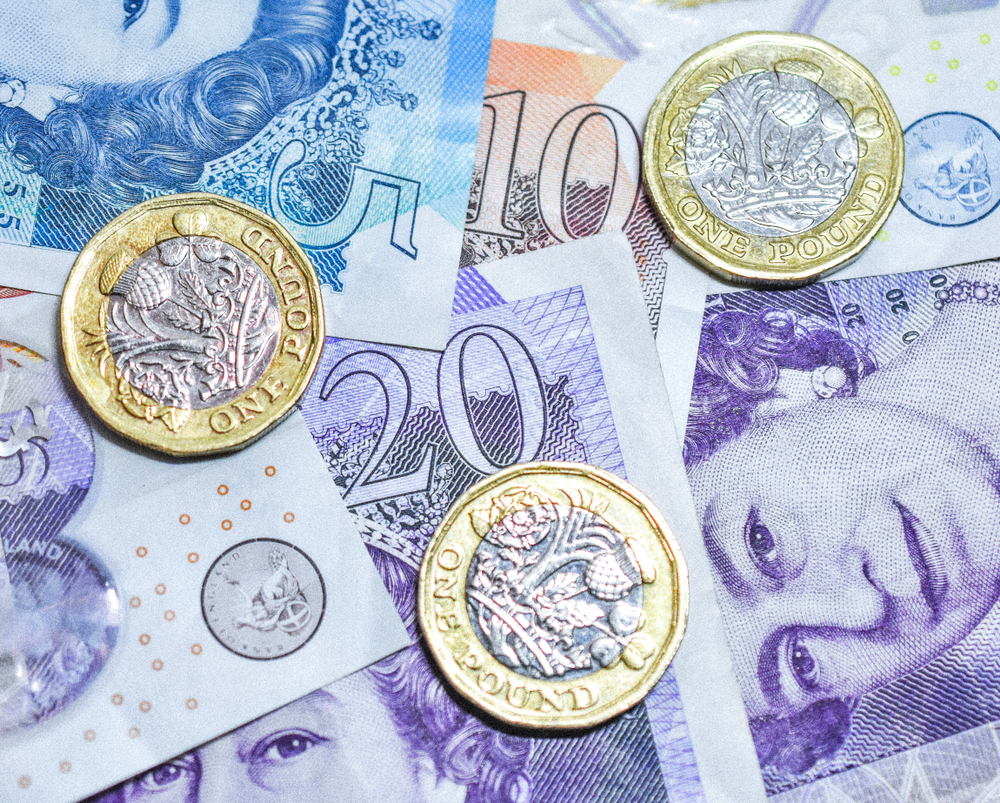In the first of a two part series, MYHSM’s Bernard Foot tries to resolve the confusion about whether the use of cash is contributing to the spread of Covid-19.
The confusion starts
Recently, I posted a comment on LinkedIn relating to an article in FinExtra.The article stated that Kenya’s M-Pesa mobile money service was waiving fees to encourage people to avoid cash during the Covid-19 pandemic. My comment was not particularly earth-shattering, I just mentioned my opinion that the temporarily accelerated trend away from cash will become a permanent one.
Well, the very next article I read on LinkedIn related to the amoral criminals that typically emerge in situations like these, in this case in South Africa. These particular criminals were claiming to be from the SA Reserve Bank, and were visiting homes telling people to hand over their banknotes so that they could be destroyed to prevent the spread of Covid-19.
Apart from feeling nauseous at the depravity of some people, what struck me in this article was the unequivocal statement that there was no evidence of Covid-19 being spread by the handling of banknotes and coins.
But what is the truth – is cash a spreader of Covid-19? And does the use of plastic, especially contactless, have a positive role to play?
The finger is pointed
As is so often the case, timing is important. On the 8th March, Britain’s Daily Mail online published an article which included the following text:
- Coronavirus could be spread by cash: World Health Organisation warns the deadly virus can survive on paper money for days.
- WHO has advised the public against using paper money.
- People should stop using banknotes and make contactless payments instead to prevent the spread of the coronavirus, the WHO has warned.
- Last month, both China and South Korea began disinfecting and isolating used banknotes. Officials used ultraviolet light or high temperatures to sterilise the bills, then sealing and storing the cash for 14 days before allowing them back into circulation.
Pretty conclusive, eh?
Retraction
But then the next day we got the headline: “World Health Organization: ‘We did NOT say that cash was transmitting coronavirus.” A WHO official went on to say: “We were misrepresented… WHO did NOT say banknotes would transmit COVID-19, nor have we issued any warnings or statements about this. We were asked if we thought banknotes could transmit COVID-19 and we said you should wash your hands after handling money, especially if handling or eating food. [Doing so is] good hygiene practice.”
The article emphasises that the virus is spread mainly by personal contact and by ingesting the aerosol generated by coughs and sneezes. But, of course, mud sticks. And struggling to form a clear opinion is not aided by the US Federal Bank’s decision to quarantine dollars arriving from Asia for 10 days.
Is contactless better?
If there was a risk from banknotes, would the use of contactless payments be any better? Perhaps, but it is likely to only be a marginal benefit. The value of transactions you can make is limited. Although, while I have been writing these notes the per-transaction limit in the UK has been raised to £45, with the implication that the UK authorities see a health benefit in moving from cash to contactless. However, you can make only a handful of contactless transactions before having to enter your PIN, which means handling a terminal that hundreds of other people will have touched during the day. A CNBC article added that “if you stick to contactless payments but don’t wash your hands after touching your phone, credit card or a payment terminal, ‘you are still susceptible to potential infection.’
Reality
But the reality is that you do not catch the virus by getting it on your skin – and you’ve got to assume that it will get onto your skin somehow. The key thing is to prevent it getting from your hands to either your mouth, nose, or eyes by following the publicised hygiene actions.
As to whether or not cash is more likely to get the virus onto your skin than using contactless, it is difficult to find a comfortingly decisive answer. Online transactions have the clear advantage here – using digital payments from the safety and convenience of your own home to purchase goods, pay bills and send money seems to be the better option.





















